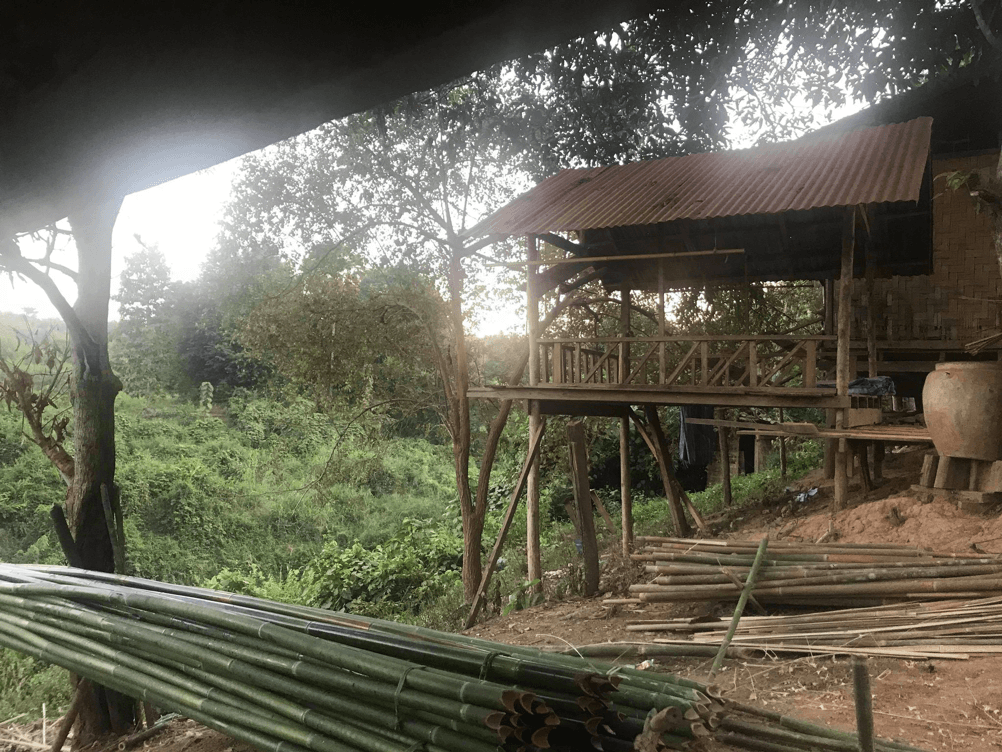Marie Norddal Jendresen
What is the importance of the forest for food security in Sangthong District, and for which population group is the forest most important?
Forests can make important contributions to the food security of forest proximate. This thesis examines the importance of forest food for food security in Sangthong District, Laos, and for which population group the forest is most important. Data on food consumption, origins of the food and household characteristics were collected for 49 respondents through food frequency questionnaires (FFQ) and household interviews in the two villages of Houay Tom and Maipaksang. Principal component analysis was used to divide the respondents into three asset-based wealth groups based on information collected though wealth questionnaires. Findings provide evidence that forest food is quite important in the study area as it contributed to the food security of 71.4% of the respondents, and as a decrease of the forest area/quality affects the food security negatively. In addition, findings suggest that the forest is most important for the lower wealth group.

Key results illustrating the importance of forest food include that forest food was present in six out of ten food groups and 6.5% of the respondents’ mean consumption frequencies were from the forest. Forest food appeared especially important for the consumption of animal-based food as forest food consumption and consuming more “Meat poultry and fish” were statistically significant associated. Forest food contributed to the dietary diversity score (DDS) of almost half the population with an average of 7.1% and is found to be most important for the lower wealth group as they had the lowest food consumption frequency and DDS, but the highest percentage of consumption frequencies sourced from the forest. In addition, their alternative pathways to maintain food security in the light of deforestation and forest degradation (DFD) are not as good as the pathways in the upper- and middle wealth groups. However, the food security of the total sample is suggested to be affected negatively by DFD. The results have implications for the need of integrating forests into food security, nutrition and agriculture development strategies.
